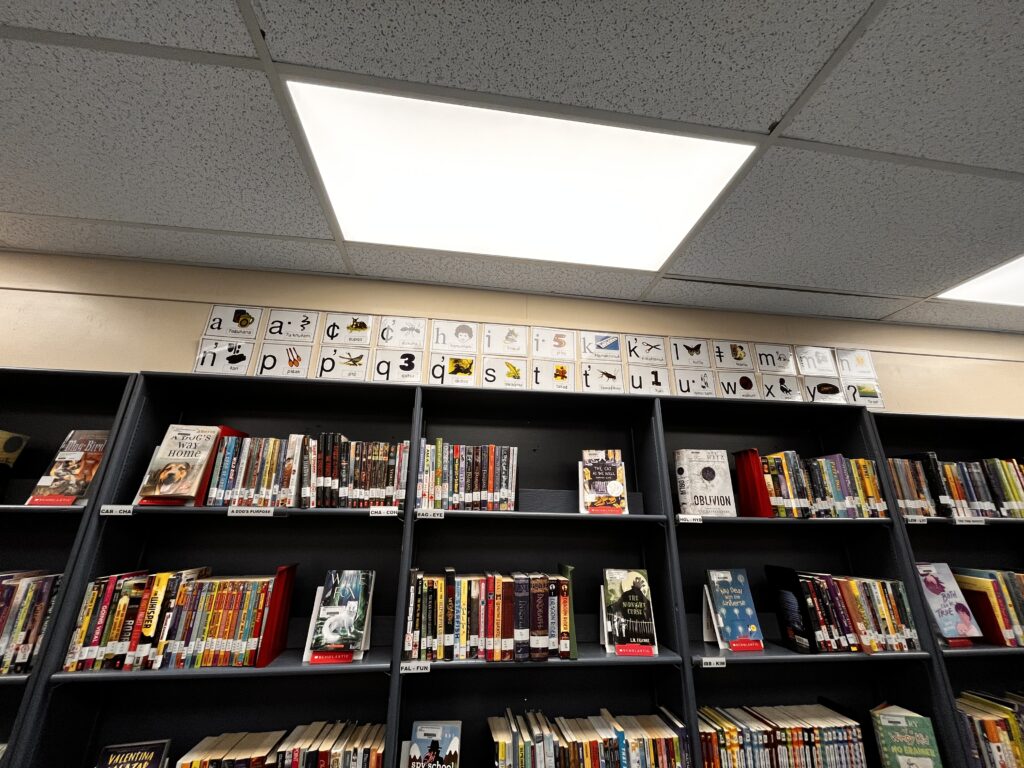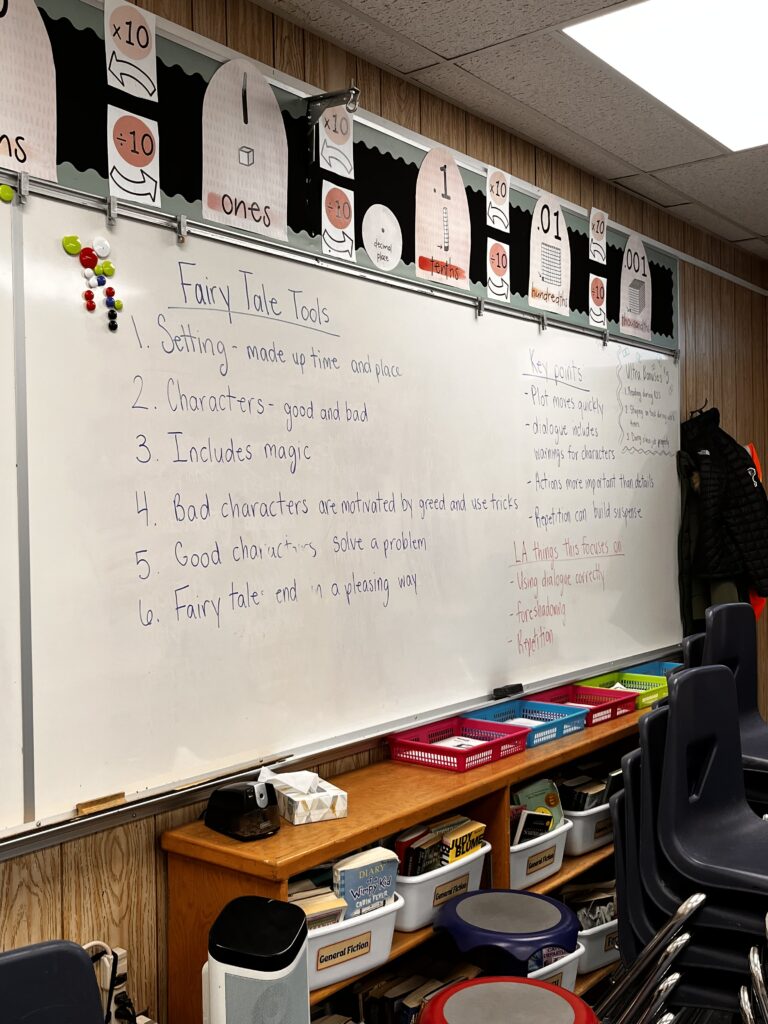Lesson #1

To start lesson #1 in the library, the students were creating mini graphic novels after two or three pre-generated images. The students had some funny and cool ideas that they were able to create. While creating these mini graphic novels the students were expected to create a title, use some sort of literary device, and create a coherent story, while some students were distracted by their friends for parts most students were interested and having fun creating their stories. This was the morning class so allowing the students to chat a little, have some fun, and still complete content is a great way to start the day. The students also had a chance to exchange their library books with their large selection. Afterward, we went back to the classroom and did a short morning meeting before the students began creating a review on one of their peer’s products they had made the days leading up. Students had access to computers and were tasked with creating an honest review with critical feedback on their partner’s product. This classroom was busy but this activity had students engaged and wanting to create a review on their friend’s product, the students were excited to share what they had created and that is what’s most important.
Big idea: Language and text can be a source of creativity and joy
Content: Techniques of persuasion
Curricular competencies: Respond to text in personal, creative, and critical ways
Lesson #2

Lesson #2 began the same way the first did as students were getting closer to completing their mini graphic novels. After students had completed exchanging books and were given a chance to create their work the students went back to the class, completed a morning meeting, and started a new unit on fairy tales. The teacher shared some basic information on fairy tales and fractured fairy tales and asked the class what they knew about fairy tales. The teacher then read them a fractured fairy tale of the three little pigs from the wolf’s perspective, I had never seen a storybook used in a higher grade and was unsure of how students would engage during one, I was surprised, all the students (except for two who were separated and then became engaged in the story) went quite and listened throughout the entire book. The students and teacher then started brainstorming on what elements create a fairy tale, writing these ideas on the board. The students had great input and were able to identify the key points of a fairy tale.
Big idea: Exploring stories and other texts helps us understand ourselves and make connections to others and to the world
Content: Forms, functions, and genres of text
Curricular competencies: Recognize and appreciate how different features, forms, and genres of texts reflect various purposes, audiences, and messages.
Lesson #3
This day began in the library and the students had a chance to finish their mini graphic novels, the library teacher wrote the expectations on the board and asked for students to make sure they had ticked off all the boxes. The students exchanged their library books and headed back to class. After a short morning meeting the students began creating a fairy tale of their own. They were given a template to fill out asking about the setting, characters, and other ideas relating to fairy tales. The students worked in pairs and after filling in their template they could begin their story. The teacher provided them with fairy tale starters, including some from different parts of the world like Africa and Asia. The students enjoyed this and came up with some fun and unique ideas.
Big idea: Language and text can be a source of creativity and joy
Content: Story/text, forms, functions, and genres of text
Curricular competencies: Transform ideas and information to create original texts
Leave a Reply